How do you pick matching colors Game?
- Online Casino
- 2025-01-02
- 1
- Time:2025-01-02 21:04:21
color-game plus | Free Slot & Color Game Casino Games Philippines News: Mastering the Art of Color Selection for Your Game
Selecting the perfect color palette for a game is an intricate and pivotal endeavor, as it profoundly influences the game's aesthetic charm and user engagement. Whether crafting a mobile app, a console experience, or any interactive medium, the colors you choose can dramatically shape the game's mood, thematic elements, and the level of player interaction. This article delves into diverse strategies and techniques to assist you in selecting harmonious colors for your game creation journey.
color-game plus DeskGames introduction.....
1. Grasping the Fundamentals of Color Theory:
To embark on the journey of color selection, it is imperative to comprehend the basics of color theory. This discipline examines the interplay of colors and their capacity to evoke emotions and communicate messages. Familiarize yourself with color wheels, harmonies (including complementary, analogous, and triadic schemes), and the psychological impact of colors to make informed and impactful choices.
2. Aligning Colors with the Game's Theme:
The theme of your game should serve as the guiding star for your color choices. Reflect on the genre, setting, and atmosphere you aim to establish. For instance, a fantasy game may thrive with vivid, luxurious hues, whereas a horror game might demand a palette of dark, subdued tones. A cohesive color scheme will significantly enhance the game's immersive quality.
3. Drawing Inspiration from Top-Tier Games:
Study the color schemes of successful games within your genre and analyze their impact on aesthetics and gameplay. Extract ideas from these examples, but also infuse your unique creative vision to stand out.
4. Crafting and Testing Color Palettes:
Develop multiple palettes and experiment with various color combinations. Utilize online tools or specialized software to visualize these schemes and observe how they interact. Pay attention to factors such as text readability, element visibility, and color balance.
5. Reflecting on Cultural and Emotional Associations:
Colors carry cultural and emotional connotations that can sway player perception. For example, red symbolizes passion and danger, while blue is often linked to calmness and trust. Choose colors that align with the narrative and message you wish to communicate.
6. Soliciting Feedback and Iteration:
Once you have a potential color scheme, present it to a group of target players. Gather their insights on the readability, visibility, and appeal of the colors, and be open to making adjustments based on their feedback.
7. Balancing Contrast and Harmony:
Strive for a harmonious balance between contrast and visual harmony. High contrast can boost visual appeal and readability, while a sense of harmony fosters a cohesive and pleasing aesthetic experience. Experiment with different levels of contrast and harmony to strike the right balance.
8. Maintaining Consistency:
Ensure your color scheme remains consistent throughout the game. Use a cohesive palette for UI elements, backgrounds, and characters. Consistency will elevate the game's visual appeal and improve player intuition.
9. Embracing the Iterative Process:
Color selection is an ongoing process. Be prepared to refine and experiment with new combinations as your game evolves. Regularly test and gather feedback to perfect your color scheme.
10. Trusting Your Intuition:
Ultimately, personal preference is a crucial factor in color selection. Trust your instincts and select colors that resonate with you and align with your game's vision.
of color-game plus | Jili&PG-soft Free Slot Machines Online Casino Game Free Play:
Selecting the right colors for your game is a multifaceted task that involves understanding color theory, researching successful examples, experimenting with palettes, and considering cultural and emotional implications. By adhering to the strategies outlined here, you can craft a visually captivating and immersive game that resonates with your audience. Remember, the color scheme is a cornerstone of your game's identity, and its thoughtful selection can significantly enhance the overall player experience.
Previous page:How many endings are there in True colors Game?
Next page:How do you match colors Game?




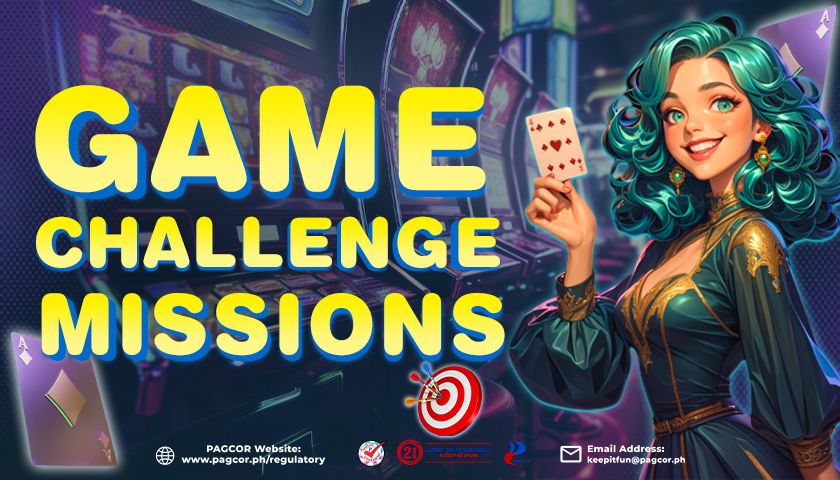

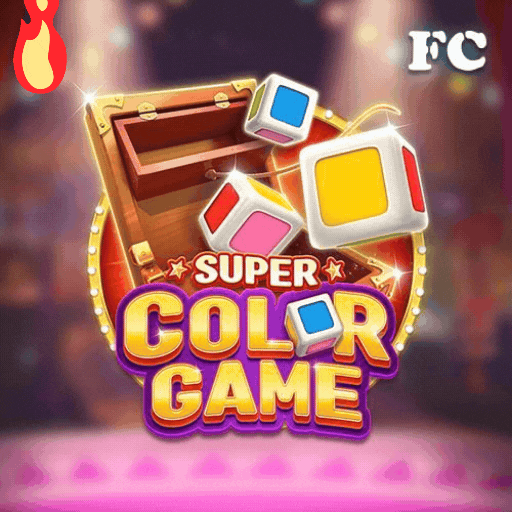
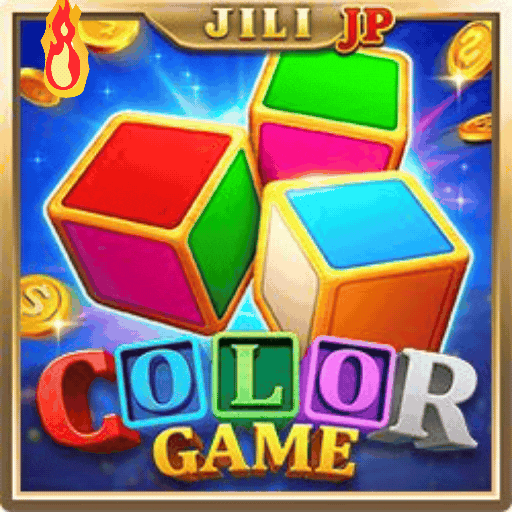
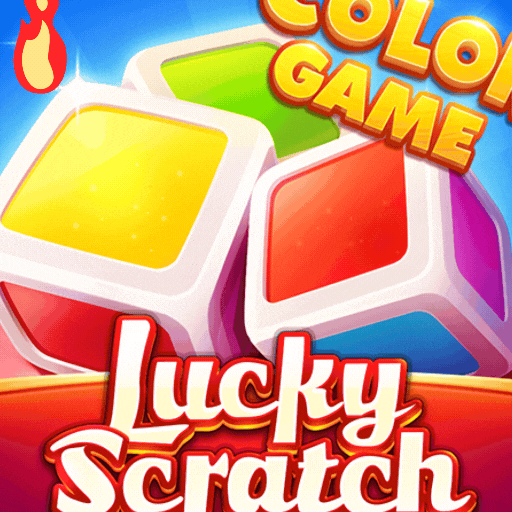
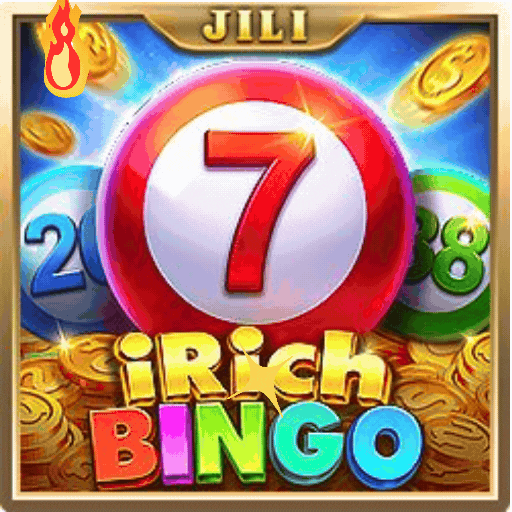


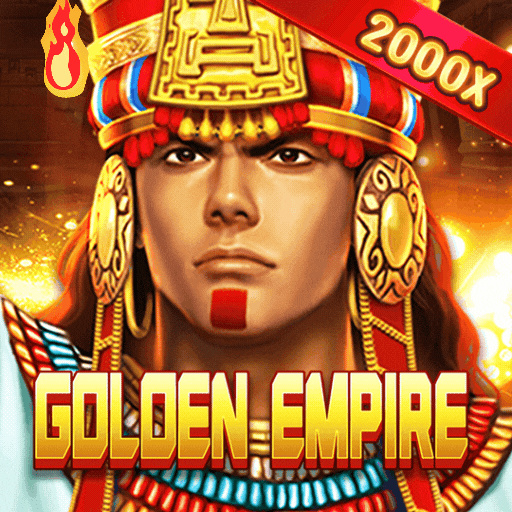


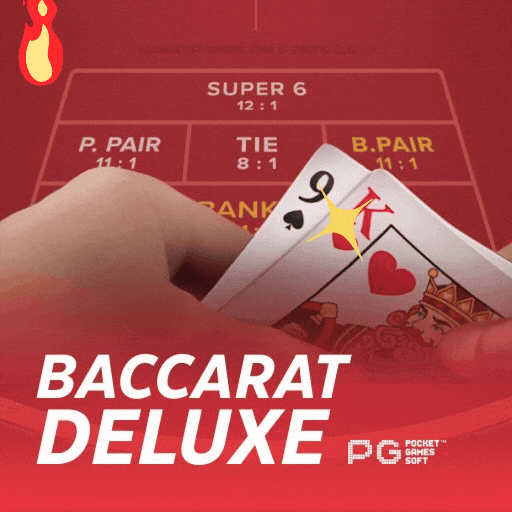
something wan comment?...